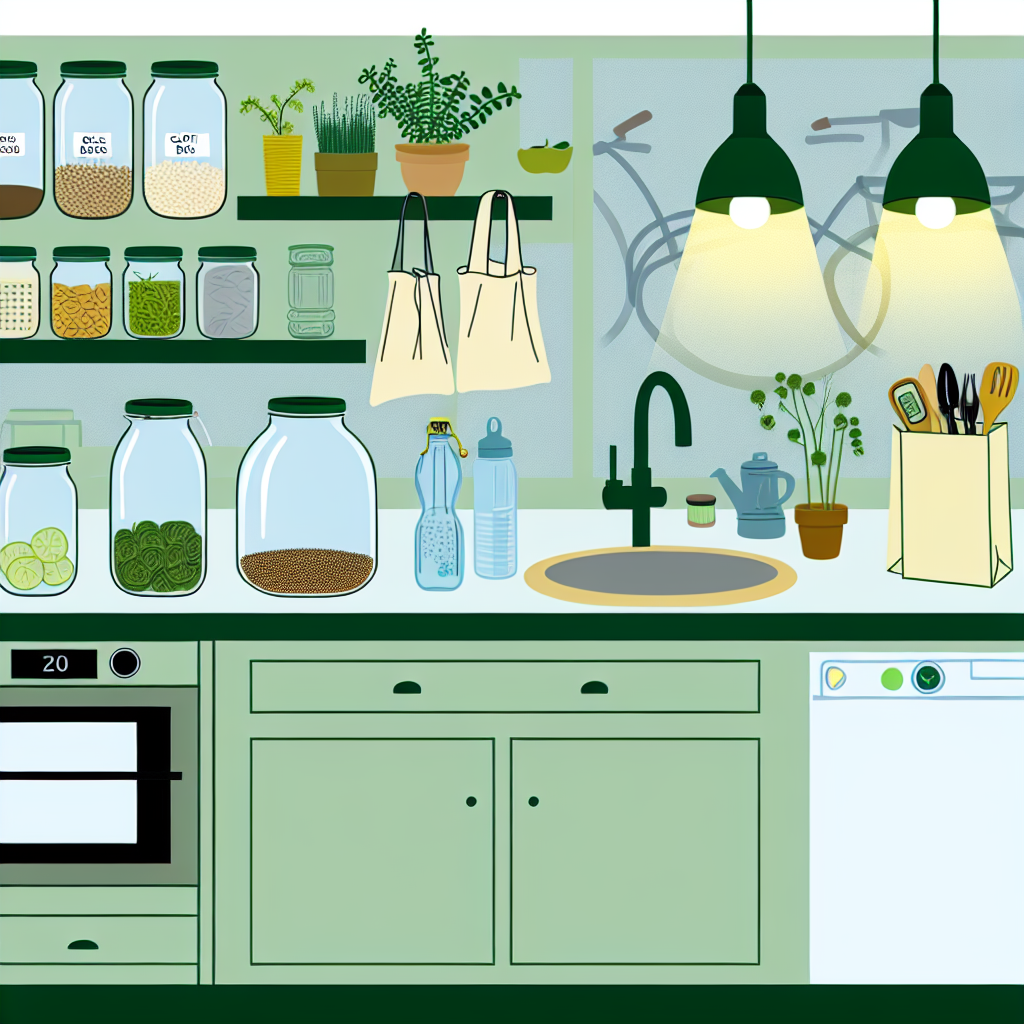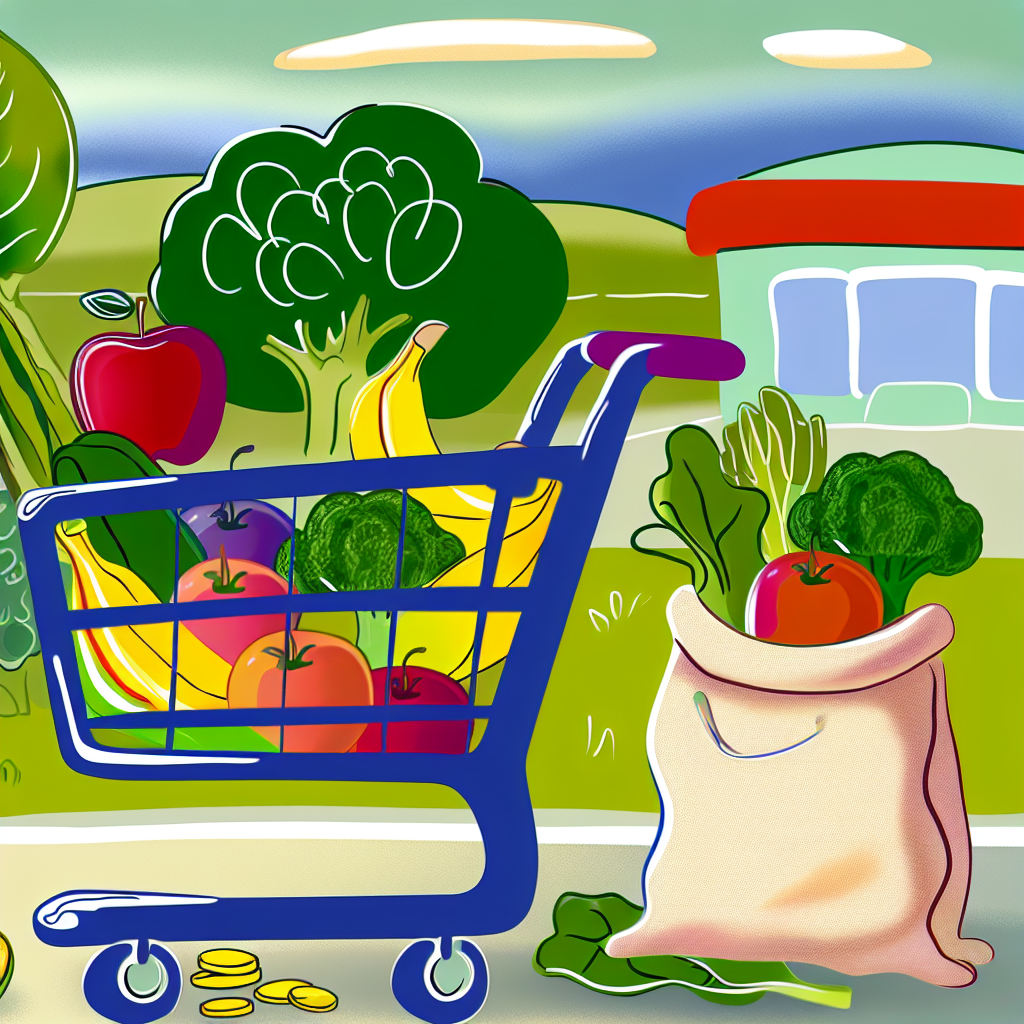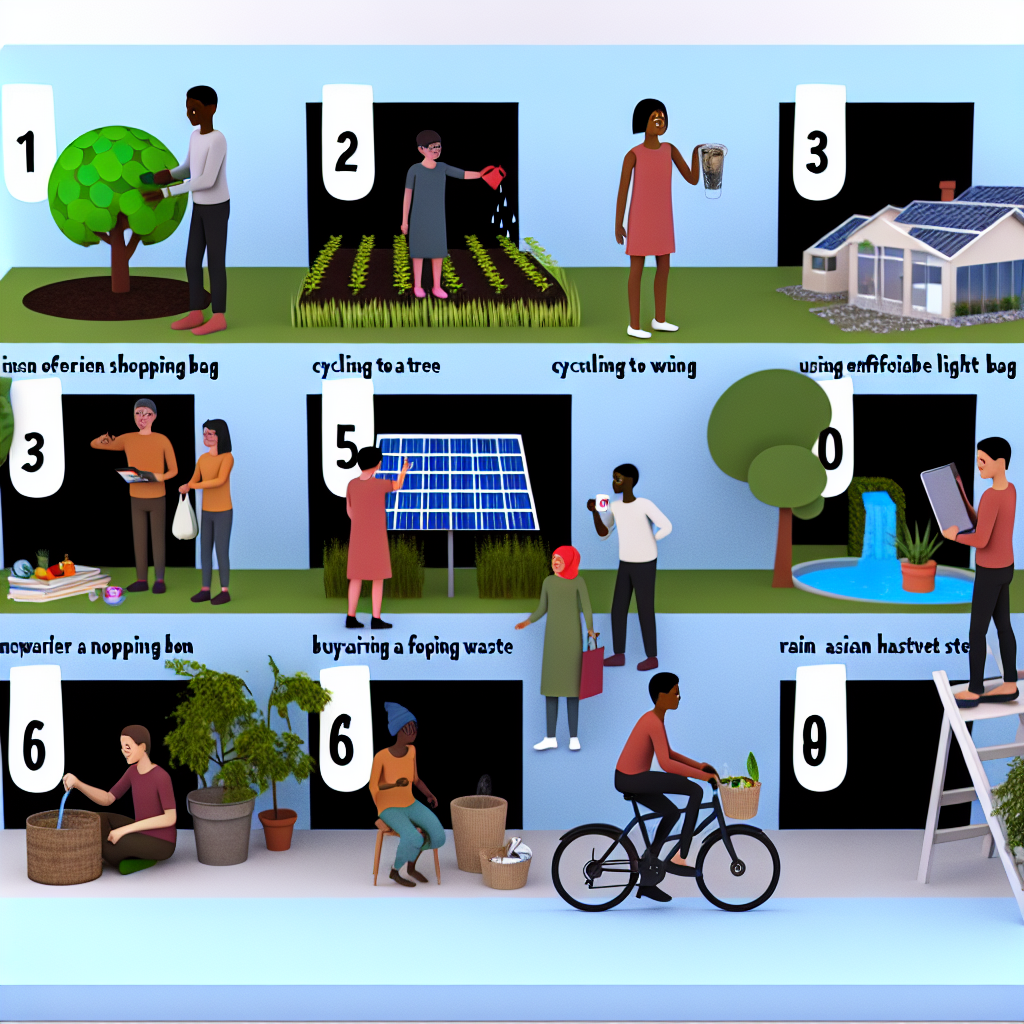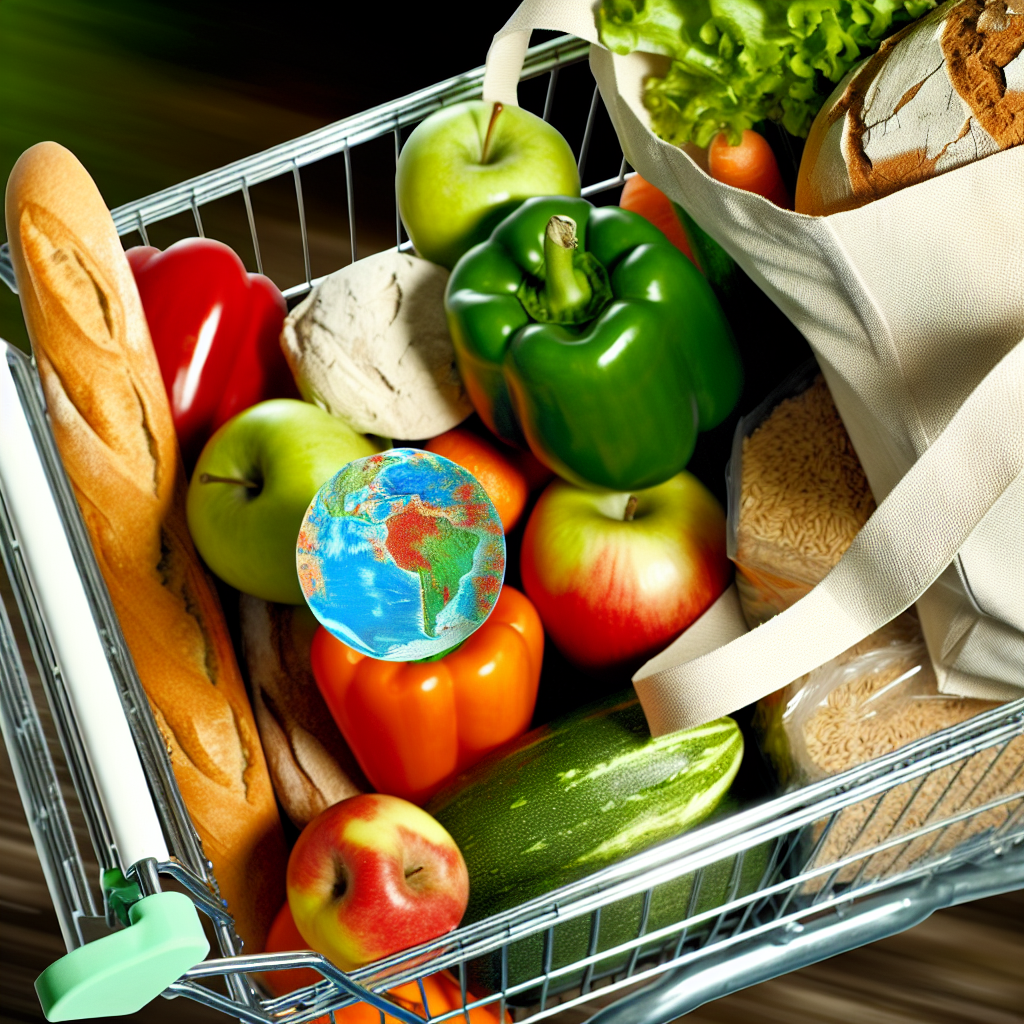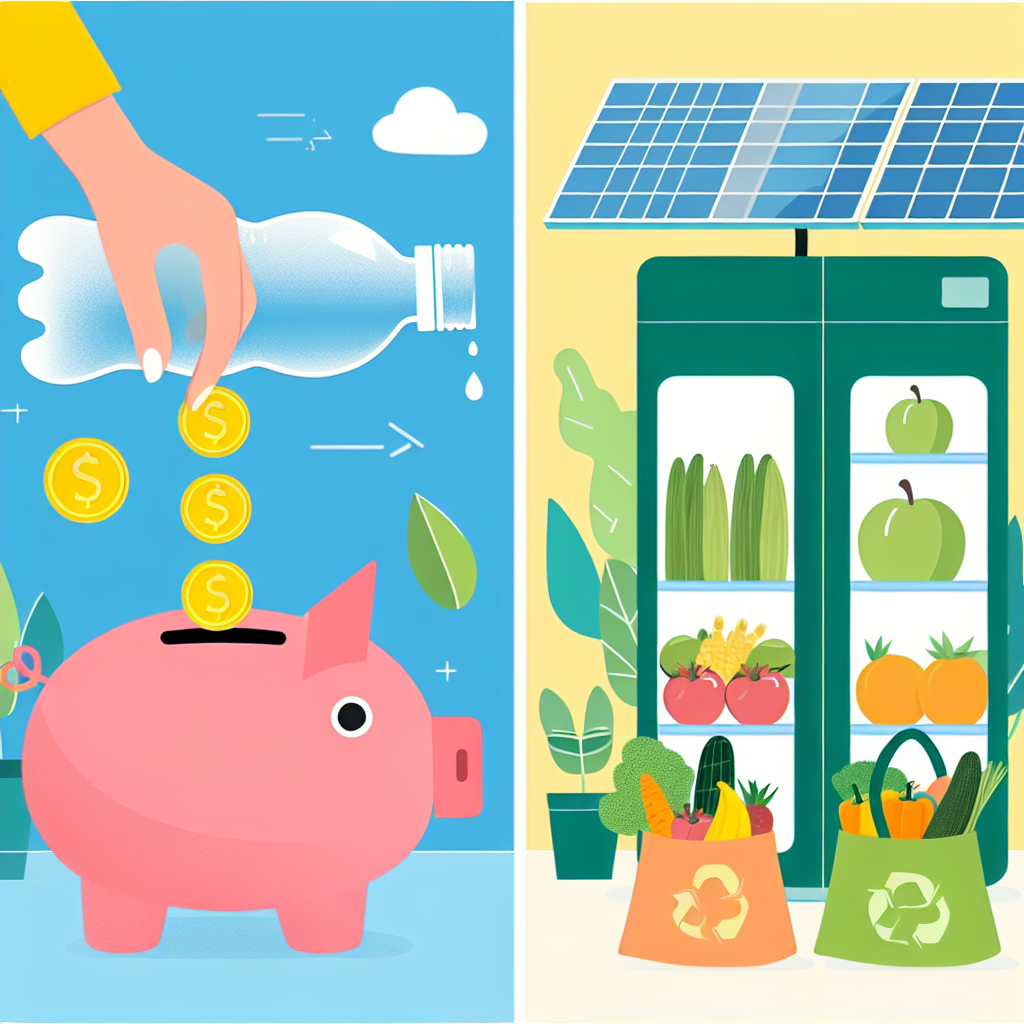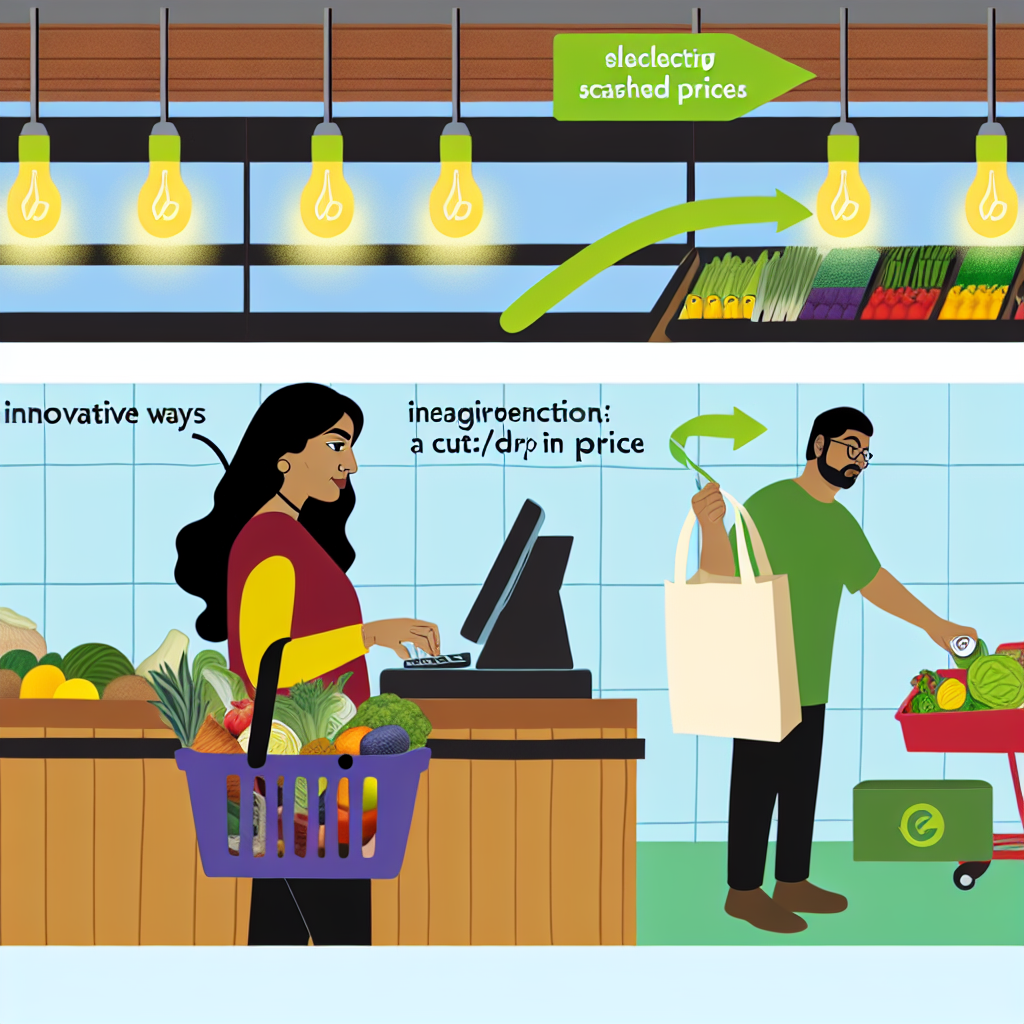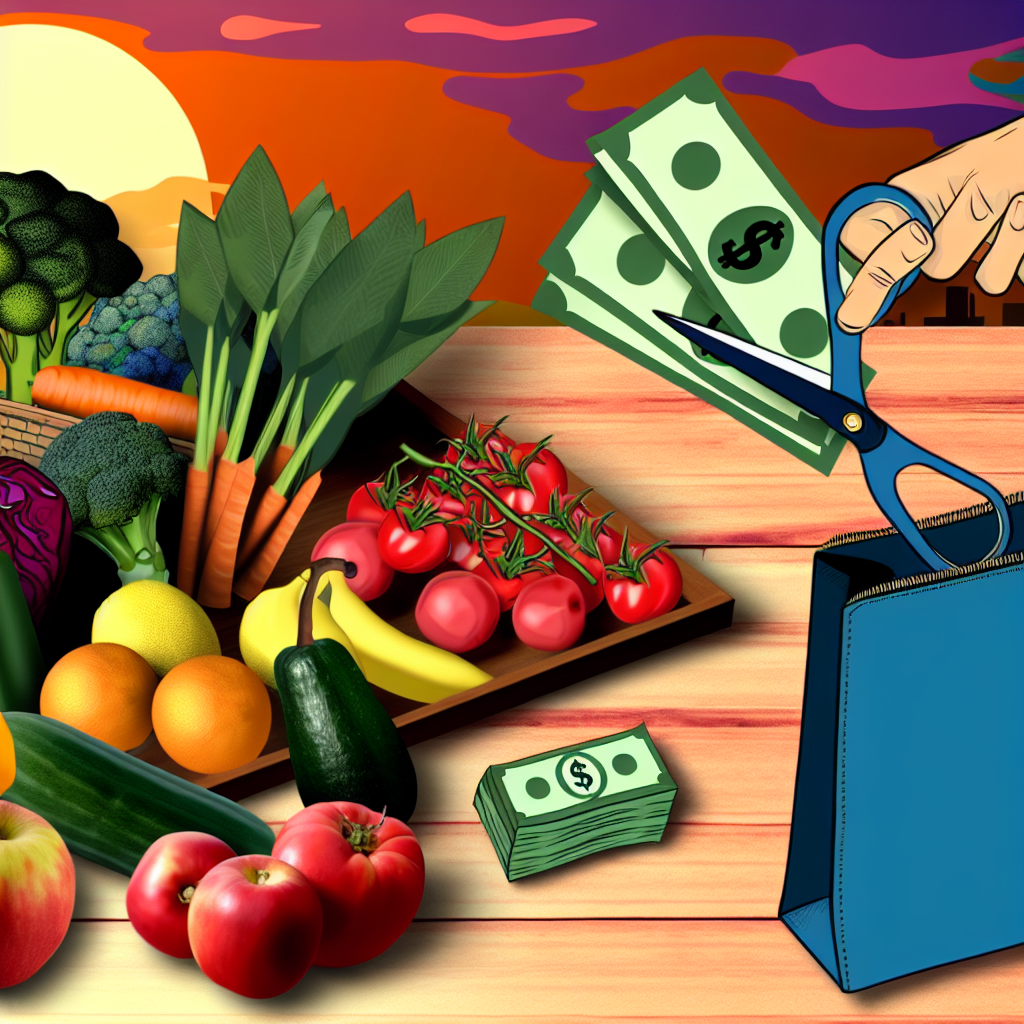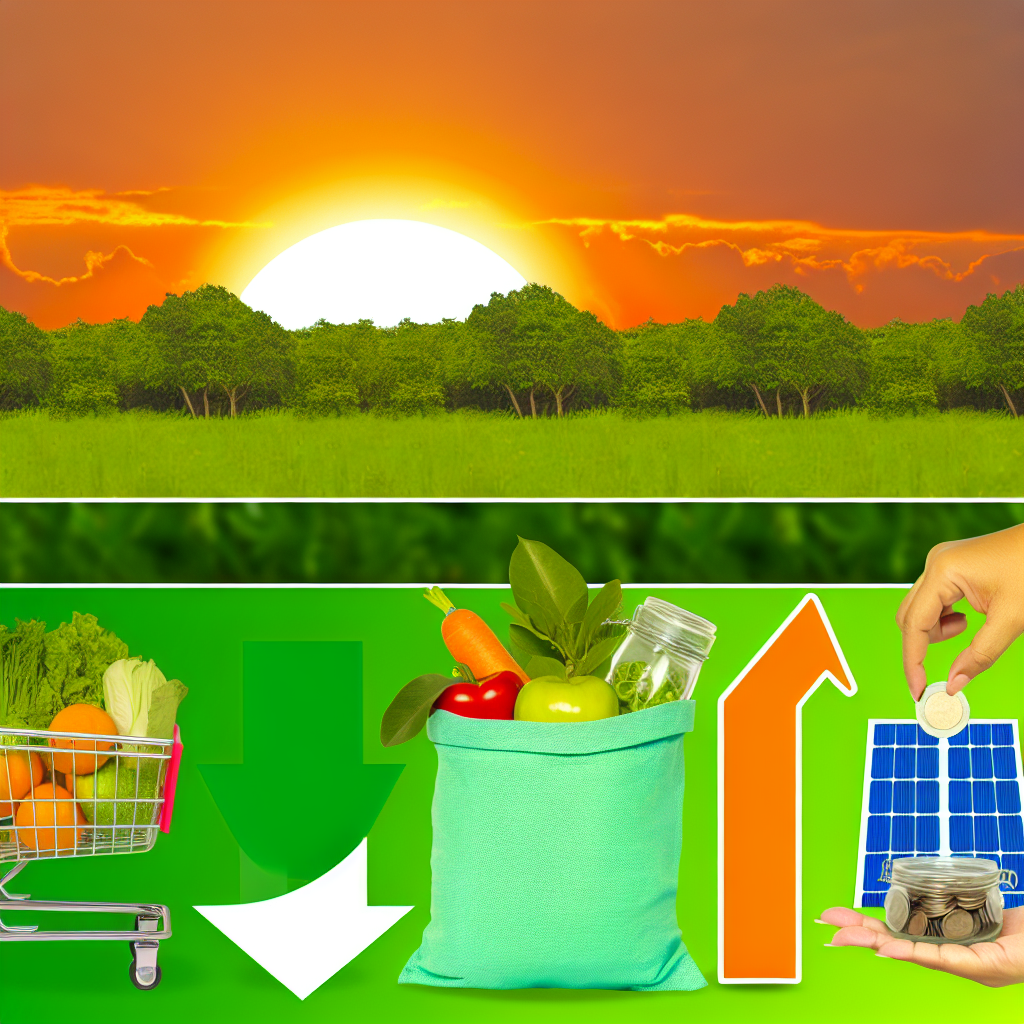Frugal Zeitgeist: 10 Easy Swaps to Save Money and Help the Earth
Introduction
Hello, eco-friendly friends! Welcome to Frugal Zeitgeist, where saving money and helping the Earth make a great team. Who says you can’t have your cake and eat it too (but maybe with a greener fork)? Today, sustainable living is more than just a trend; it’s really important. It helps us make less trash and also puts some extra cash back in our wallets. This guide will show you ten easy and budget-friendly ways to live more eco-friendly without spending a lot of money or hurting our planet.
1. Save Energy
a. Change Regular Bulbs to LEDs
Light up your savings! LED bulbs might cost a little more at first, but they last a long, long time—about 25 times longer than regular bulbs. Over time, they can save you a lot on your energy bill and use less energy. Who knew saving money on lights could also help the planet?
b. Use Smart Power Strips
Have you met Mr. Phantom—the sneaky energy user that wastes power even when things are off? You can stop this greedy energy user with smart power strips. These gadgets cut off electricity to devices in standby mode. They save energy and let your electronics rest too!
c. Get Energy-Saving Appliances
Your old fridge might have cute magnets, but it probably uses too much energy. Buying appliances with good energy ratings saves money on your bills and helps the planet too.
2. Save Water
a. Use Low-Flow Showerheads
Taking showers should make us clean, not wash away our money. Switching to a low-flow showerhead with a WaterSense label uses less water and cuts down your bills. Sing all you want in the shower, just in a more eco-friendly way!
b. Fix Leaky Faucets and Toilets
Drip drip hooray, or maybe not. Leaking faucets and toilets waste a lot of water every day. With some basic tools, you can fix them and save water and money. Plus, your home won’t sound like a waterpark anymore!
c. Collect Rainwater for Your Garden
Set up a simple rain barrel from your local store. It’s like giving your plants their own spa treatment and saving on water bills. They’ll grow healthy and green, just how nature wants them to!
3. Cut Down on Waste
a. Use Reusable Shopping Bags
Say goodbye to juggling plastic bags and hello to reusable bags! They reduce plastic trash and save you from extra bag fees. Plus, they come in cool patterns that are way more stylish than flimsy plastic.
b. Use Reusable Water Bottles and Coffee Cups
If you love the planet as much as your morning coffee, reusable bottles and cups are perfect. They cut single-use plastic, and you save trees, turtles, and even some money.
c. Start Composting at Home
Composting is like magic with your leftovers. Potato peels and coffee grounds can become rich soil for your garden. It reduces waste and creates amazing fertilizer—your garden will be the coolest in town!
4. Eco-Friendly Transportation
a. Use Public Transport, Carpool, or Ride a Bike
Ditch the solo car rides for buses, carpooling with friends, or riding your bike. This greatly cuts fuel costs and shrinks your carbon footprint. Plus, biking to work means you can have that extra croissant guilt-free!
b. Keep Your Car in Good Shape for Efficiency
Regular oil changes and checking tire pressure aren’t just for grown-ups—they make your car run better and use less fuel. A well-cared-for car is better for the environment and is easier on your wallet, too.
c. Get a Fuel-Efficient or Electric Car
While this is a bigger buy, over time, you save money on fuel, and some government perks make it smart and eco-friendly. Bonus: You’ll feel proud passing gas stations!
5. Green Home Products
a. Make Your Own Cleaning Products
Say goodbye to harsh chemicals with homemade cleaners using things like vinegar, lemon, and baking soda. These are eco-friendly, cheap, and don’t leave a guilty feeling behind!
b. Pick Sustainable Paper Products
Go for bamboo or recycled paper products. They save trees. Bamboo grows super fast, making it a star choice for the planet.
c. Use Cloth Napkins and Towels
Switching to cloth for napkins and towels is good for the planet and your wallet. It cuts down on waste, and using cloth napkins can make even spaghetti night feel fancy!
6. Smart Food Choices
a. Buy in Bulk to Save Waste
Buying staples in bulk reduces trash and saves money. Go ahead, get that big bag of quinoa, and feel like an eco-hero at checkout!
b. Grow Your Own Veggies or Herbs
Even in small spaces, you can have a mini-garden. With a little start-up cost, you can enjoy fresh veggies and save in the long run.
c. Plan Meals to Avoid Wasting Food
Tap into your inner chef and plan meals well. It reduces waste and makes you use those old veggies before they go bad. Saves money and freees the fridge from fossils!
Conclusion
Life is about choices, and these eco-friendly swaps are steps to a greener, more sustainable path. By choosing them, you lessen your environmental impact and save money. Isn’t that a win-win you can cheer for? Let’s keep moving towards living frugally and sustainably, with smiles and open hearts. At Frugal Zeitgeist, we believe small changes lead to a bright, sustainable future!
